The plan was devised by DB Engineering & Consulting, the U.S. branch of Deutsche Bahn, Germany’s national railway, which signed a six-year, $30-million contract at the end of 2017. This contact is expected to lead to the consulting company becoming the system’s first train operator. It is one of several DB recommendations for the project, including ways to save on capital expenditures, that will be incorporated in a report required by the state legislature on that date.
“I think (Deutsche Bahn) has been valuable and, in fact, I would intend to see their influence raised here,” Kelly said in an interview a month after returning to work following a medical leave that began last September.
It was for treatment of what he revealed was Guillain-Barré Syndrome, a rare and incurable ailment affecting the nervous system. Kelly said he suffered full respiratory failure and now speaks with the aid of a tracheotomy in his throat.
Under the new construction plan, Kelly said the 119 miles of railroad now being built between Madera and a point north of Bakersfield, Calif., will be extended to 170 miles from Merced all the way into Bakersfield. That will require construction between San Francisco and Gilroy to be postponed indefinitely so those funds can be shifted to the Central Valley.
But that operating line would make connections to Amtrak’s San Joaquin trains at Merced and an extension of the Altamont Corridor Express service planned on the Union Pacific from Lathrop to Merced and cut rail travel times substantially between Bakersfield and other Central Valley points to Sacramento, Oakland, and San Jose.
Such an initial operating segment of the system would convince Californians of the value of high-speed rail and lead to sufficient new investment to build from Madera to San Jose and San Francisco, Kelly argues.
“I know what I really need to show is (Silicon) Valley to (Central) Valley,” he said. “And I want to build valley-to-valley. But I believe we have options under the law that will allow an interim service before we get to valley-to-valley that will allow us to demonstrate the power of high-speed rail and what it can do.”
Kelly’s illness was the least publicized of several setbacks in the 15 months since he began the CEO’s job in January 2018.
His first day at work, the authority announced construction costs in the Central Valley had blown the budget by more than a third to $10.6 billion. The ensuing audit, ordered by the California Legislature, found widespread organizational flaws and poor contract management costing hundreds of millions of dollars.
Then, high-speed rail champion Jerry Brown’s tenure as governor ended and Newsom took office in January. In his February State of the State speech, Newsom left many people thinking the project was dead. Time magazine’s headline was “California Scraps Plan to Build High-Speed Railroad Between Los Angeles and San Francisco.”
The governor has since tried to re-explain what he meant. State Sen. Jim Beall, who chairs the transportation committee, called a hearing Feb. 11 to get more information on project plans. Shortly before he called the meeting to order, the state announced it had sold $600 million more in bonds to finance continuing construction.
“I did not hate the timing” of that announcement, Kelly said with a laugh. “My marching orders, I feel like, are getting trains on the ground in California, to stop talking about high-speed rail as an abstract concept, and let’s show people what it can do. Then we expand.”





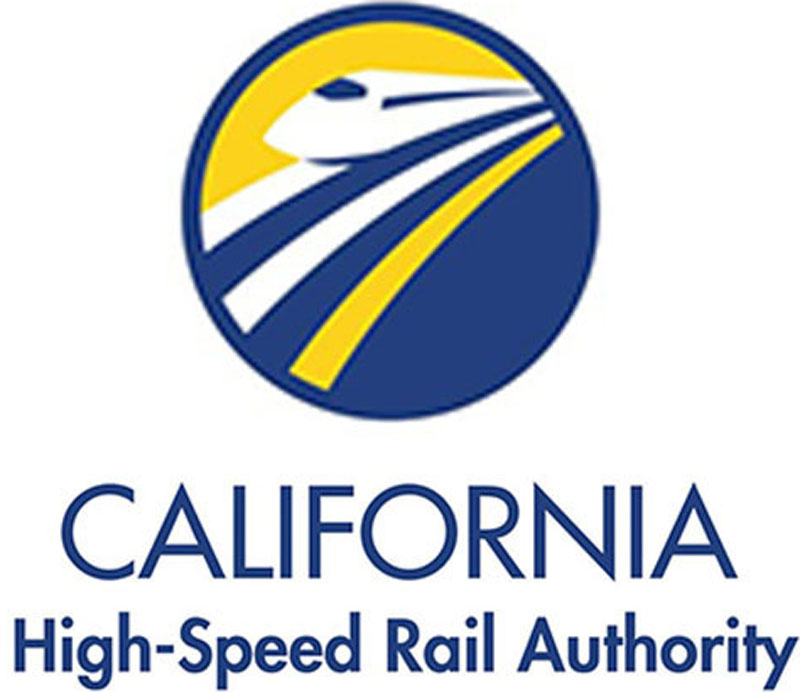

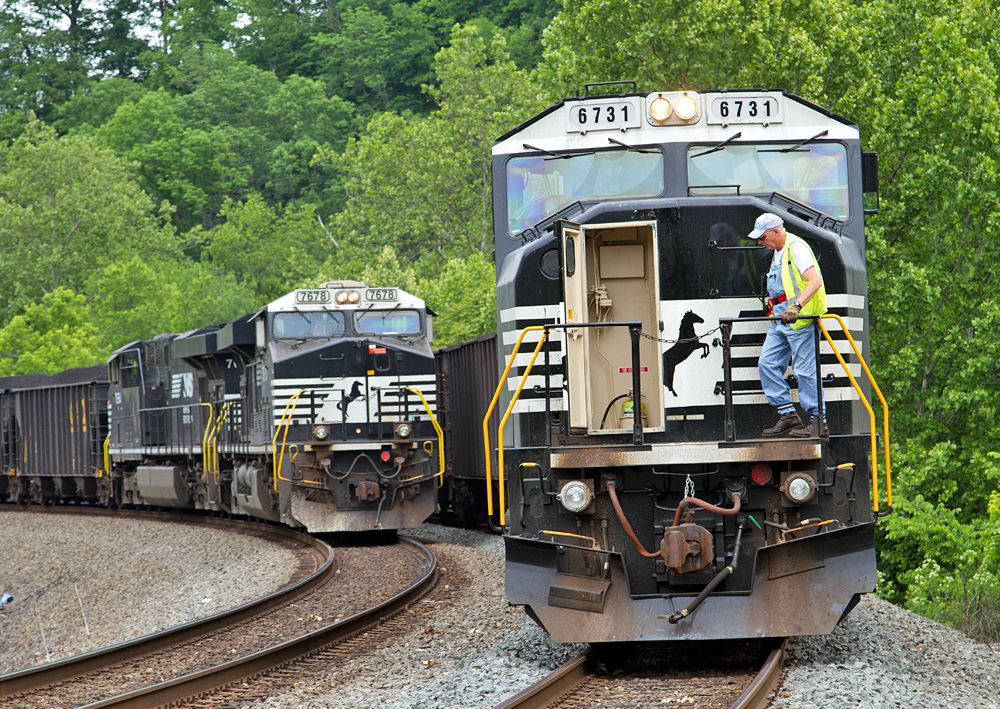
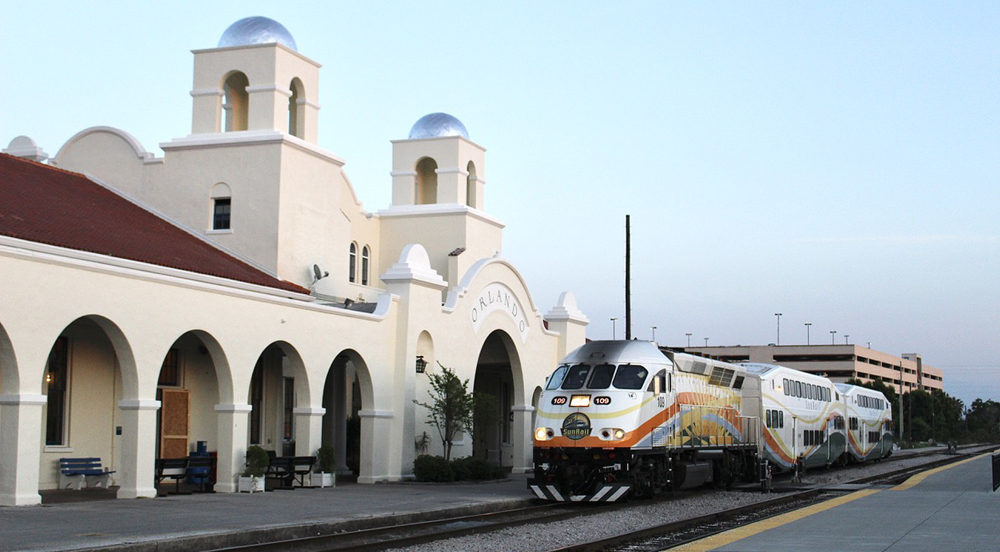
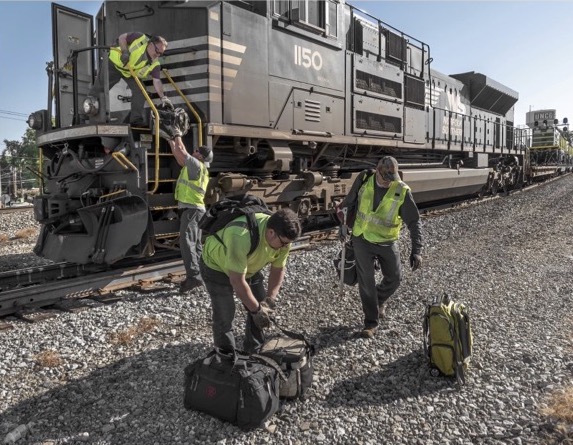
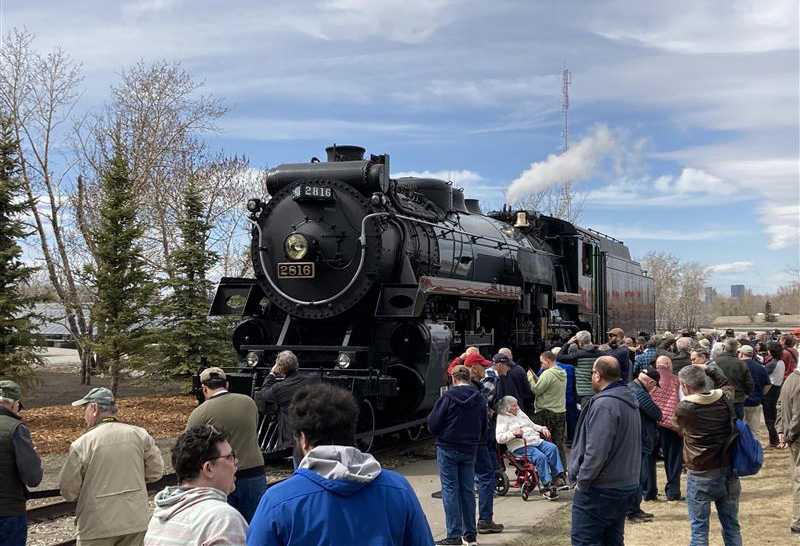




Montreal’s Exo will soon have 20 dual-mode ALP-45DP locomotives on the block, as their only electric line is being converted to a low-capacity light rail metro line. These can run up to 125mph (although they are currently restricted to 110, the NJT version can operate up to 125). Just sayin’.
The purchase of dual-mode diesel-electric equipment for Altamont Corridor Express could allow for a straightforward extension of ACE service from San Jose to Merced, Fresno, and Bakersfield on new HSR tracks, sharing it with Amtrak’s San Joaquin service. Amtrak is looking at acquiring 125-mph dual-mode equipment for the NEC so California could piggyback on a future order and reequip ACE and San Joaquin. You’ll get a through Bay Area – Central Valley intercity service faster while still working on full-HSR service SF-LA.
When you’re in a hole stop digging. Then to make it worse they dump money in the hole to fill it up. What a waste along with every other gov program in CA.
With Deutsch Bahn as the proposed train operator for the California High Speed Rail Authority, perhaps it should do what its Japanese counterpart is doing with Texas Central. DB could be more active in investing in the project, initiate real estate investment as Virgin Trains USA (née Brightline) and Texas Central, and garner private investors. Dependence on wasteful public funding would be greatly reduced.
Mark – Yes they have a plan. Than plan is the Central Valley. The plan is improved service from Merced to Bakersfield with Stockton and Fresno in between. All well and good, and probably worth some fraction of the money poured into it.. But connections to the north (San Jose, San Fan, and Sacramento) and connections to the south (LA and San Diego) will run at the same speed as now.
You can’t restore what already has been lost. When the toilet has been flushed, don’t expect to find the diamond ring still sitting at the bottom.
@Penelope Vinson. I agree. Real Estate development at the north end of the valley section is very viable. If they can provide fast and reliable service from the north valley into Gilroy (at a minimum), workers priced out of the San Jose housing market can embrace the service and contribute to viability by living near and around the service.
Sounds like they have a plan, get it done.
Speaking out of two sides of Gavin’s mouth and two sides of Brian’s mouth. The sooner the United States gets its money back the happier we will be.
Charles, better check your map. Stockton is 65 rail-miles northwest of Merced. This project is a scam, plain and simple.
And of course everyone is in a hurry to get to Bakersfield!! Uh, then what?